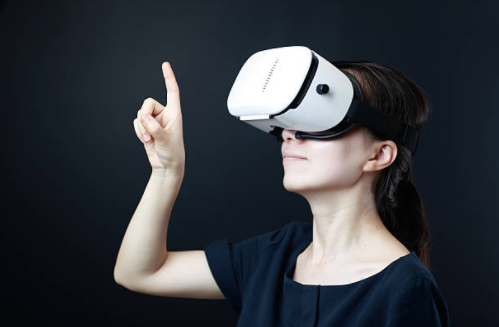Academic Research
Immersive virtual reality into best practice management of CLBP (Chronic Lower Back Pain)
Disability due to Chronic Lower Back Pain (CLBP) is a significant economic burden at both the individual and national level. In 2015, an estimated 3.7 million Australians (16%, or 1 in 6 people) experienced CLBP. 77% of working-age (15-64) people with CLBP had some degree of employment restrictions in hours or duties. CLBP accounted for annual $1.2 billion of total health-care expenditure in Australia (AIHW 2016). What is missing in the literature is a training strategy to address functional limitations, which also addresses concurrent psychosocial challenges of participation in exercises therapy for those with high levels of pain. Studies of immersive virtual reality (VR) in heterogenous pain populations have shown short term benefits of brief exposure to immersive virtual reality, with reduction in pain of up to 33% (Jones et al 2016). Similarly, Wiederhold et al (2014) demonstrated significant pain reduction and physiological changes (decreased heart rate, increased skin temperature) in an immersive relaxing environment. However, clinical application should move beyond VR as distraction, and use its anxiety reducing capabilities to facilitate movement in chronic pain conditions (Trost & Parsons 2014). Engaging in immersive virtual reality gaming can help to overcome psychosocial barriers by making therapy fun and interactive.
There are currently very few studies investigating clinical use of immersive virtual reality (using a headset), and none specifically targeting CLBP. As VR gesture and movement tracking technology has evolved, it is relatively simple to engage in therapeutic exergaming without the need for complex reflective bodily markings or even wearable sensors. There is potential for VR technology to be extended into home based rehabilitation, greatly reducing ongoing rehabilitation costs. This opportunity could be extended to tele-rehabilitation, for those unable to access Metropolitan centres.
As part of a Clinical Research Fellowship at the University of Western Sydney, Alla Melman will be investigating the addition of immersive virtual reality into best practice management of CLBP.

References:
Australian Institute of Health and Welfare 2016. Impacts of chronic back problems. Bulletin 137. Cat. no. AUS 204. Canberra: AIHW.
Jones T, Moore T, Choo J (2016). The Impact of Virtual Reality on Chronic Pain. Journal of Pain. 17(4S):S102- S103. Doi:10.1016/j.jpain.2016.01.319. Epub 2016 Mar 24.
Wiederhold Brenda K., Gao Kenneth, Sulea Camelia, and Wiederhold Mark D.Virtual Reality as a Distraction Technique in Chronic Pain Patients. Cyberpsychology, Behavior, and Social Networking. June 2014, 17(6): 346-352. https://doi.org/10.1089/cyber.2014.0207
Trost, Z & Parsons, T (2014). Beyond Distraction: Virtual Reality Graded Exposure Therapy as Treatment for Pain-Related Fear and Disability in Chronic Pain. Journal of Applied Biobehavioral Research, 19:2 DOI:10.1111/jabr.12021